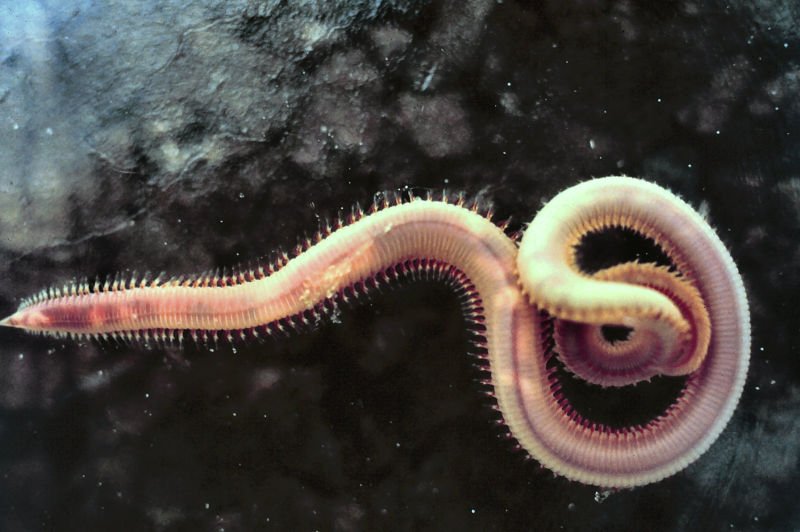5. Most of the rongorongo texts are, seemingly, calendrical (in a broad sense), and therefore it is to be expected that hua poporo should have calendrical implications.
In Mangareva poporo was July. In Samoa the same season was called palolo-mua. South of the equator July is the first month beyond winter solstice. The words poporo and palolo (paroro) are not equal in form, yet a certain resemblance may have induced July to be named poporo on Mangareva (given that Samoan palolo was known). "... In Tahiti the bread-fruit can be gathered for seven months, for the other five there is none: for about two months before and after the southern solstice it is very scarce, but from March to August exceedingly plentiful. This season is called pa-uru (uru = 'bread-fruit'). The recurring scarcity of bread-fruit shewed the changes in the course of the year, but the Pleiades afforded a surer limit. In Samoa one authority gives the wet season, ending in April, and the dry season, which comes to an end with the palolo fishing in October; another vaipalolo the palolo or wet season from October to March, and toe lau, when the regular trade-winds blow, embracing the other months; a third the season of fine weather - in which however much rain falls in some localities - and the stormy season, when it rains heavily ..." (Nilsson) We remember how breadfruit (Maori: kuru, Tahitian: uru after loss of k) was renamed poporo on New Zealand. On Tahiti the season of breadfruit was named pa-uru, which presumably is to be compared with Samoan pa-roro (palolo):
Dimly perceived is an opposition between delicious ripe breadfruits - (k)uru - and the food during scarcity times (black nightshade berries, palolo worms etc).
"The palolo worm or Samoan palolo worm (Palola viridis) is a species of invertebrate in the Eunicidae family ..." (Wikipedia) |
